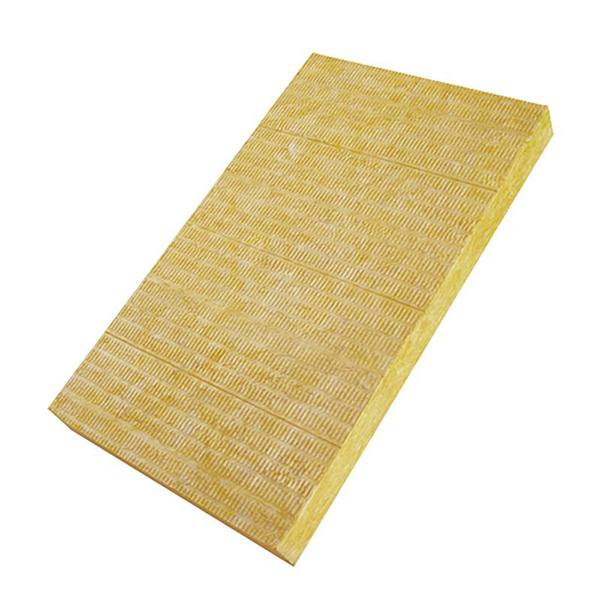| model |
Color |
Minimum order quantity |
Unit size |
Unit weight |
EXW price |
FOB price |
Supply capacity |
Packaging form |
| 15mm thick |
yellow |
400 packs |
120cm*60cm |
120-200kg/cubic meter |
56 USD per pack |
57 USD per pack |
2000 packs/day |
20 pieces/pack |
| 20mm thick |
16 pieces/pack |
| 25mm thick |
12 pieces/pack |
| 30mm thick |
53 USD per pack |
55 USD per pack |
10 pieces/pack |
| 40mm thick |
100-200kg/cubic meter |
49 USD per pack |
50 USD per pack |
8 pieces/pack |
| 50mm thick |
60-200kg/cubic meter |
6 pieces/pack |
1. Raw materials and production processes
Raw materials: Mainly natural basalt is used as the main raw material, and sometimes a small amount of auxiliary materials such as dolomite are added. Basalt is a type of basic extrusive rock with stable chemical composition and abundant components such as silica and alumina.
Production process: Firstly, raw materials such as basalt are put into high-temperature furnaces such as cupolas or electric furnaces, heated to around 1450-1500 ℃ to melt the raw materials. Then, the molten raw materials are centrifuged into fibers using equipment such as a four roll centrifuge. During the process of fiber descent, a binder (such as phenolic resin) is sprayed to bond the fibers together. After a series of processes including cotton collection, pressure, curing, and cutting, the basalt rock wool board is finally formed.
2. Performance characteristics
Excellent thermal insulation performance: The fiber structure of basalt rock wool board is loose and contains a large number of tiny air pores inside. Air is a poor conductor of heat, and this porous structure allows rock wool board to effectively prevent heat conduction. Its thermal conductivity is relatively low, generally around 0.036-0.044W/(m · K), making it a good insulation material. The application of external wall insulation systems in buildings can significantly reduce heat exchange between the inside and outside of the building, reduce the use of air conditioning and heating, and thus save energy.
Excellent fire resistance: It has the outstanding advantage of Class A non combustible fire resistance. In the event of a fire, rock wool board will not burn and can effectively block the spread of flames, saving valuable time for personnel evacuation and firefighting rescue. Using in areas with high fire safety requirements such as firewalls and fire exits can greatly improve the fire safety of buildings.
Good sound absorption and noise reduction ability: Its porous structure also endows it with excellent sound absorption performance. When sound propagates through the pores of rock wool board, it undergoes multiple reflections, refractions, and frictions, converting sound energy into heat energy and being absorbed, thereby achieving the effect of reducing noise. Using it on the interior walls, ceilings, and other parts of buildings can effectively reduce the interference of external noise on the indoor environment and create a quiet space.
Good chemical stability: It has good tolerance to general acidic and alkaline chemicals, and can maintain its performance stability in a certain degree of chemical corrosion environment. This allows it to be used normally in some industrial environments or building environments with the possibility of chemical pollution.
Stable mechanical properties: Basalt rock wool board has certain compressive strength and tensile strength. During normal use and installation, it can withstand certain external forces without easily deforming or damaging, ensuring its long-term effectiveness as insulation and sound insulation material.
3. Application Fields
Construction industry: widely used in various aspects such as exterior wall insulation, roof insulation, interior wall sound insulation, etc. For example, in external wall insulation systems such as residential, commercial, and public buildings, basalt rock wool board is a commonly used insulation material; The use of interior walls can effectively improve the indoor acoustic environment.
In the industrial field: it plays an important role in the insulation, heat insulation, and sound insulation of industrial equipment. Used for insulation of industrial pipelines, reaction vessels, boilers, and other equipment, reducing heat loss while also reducing noise generated during equipment operation.
In the field of ships: there are also applications in insulation and sound insulation of ship cabins, which can provide a comfortable working and living environment for crew members and improve the fire safety of ships.






